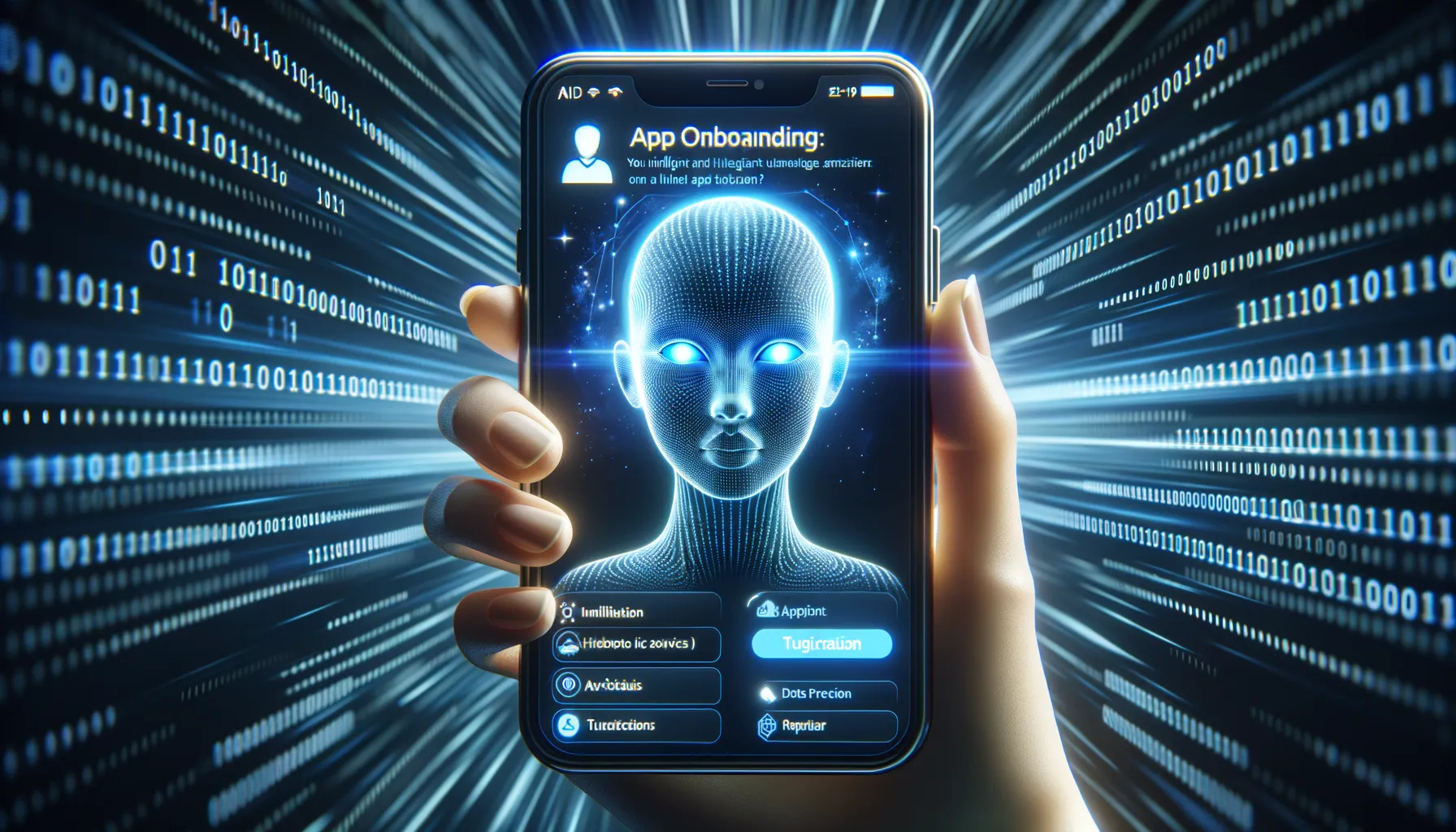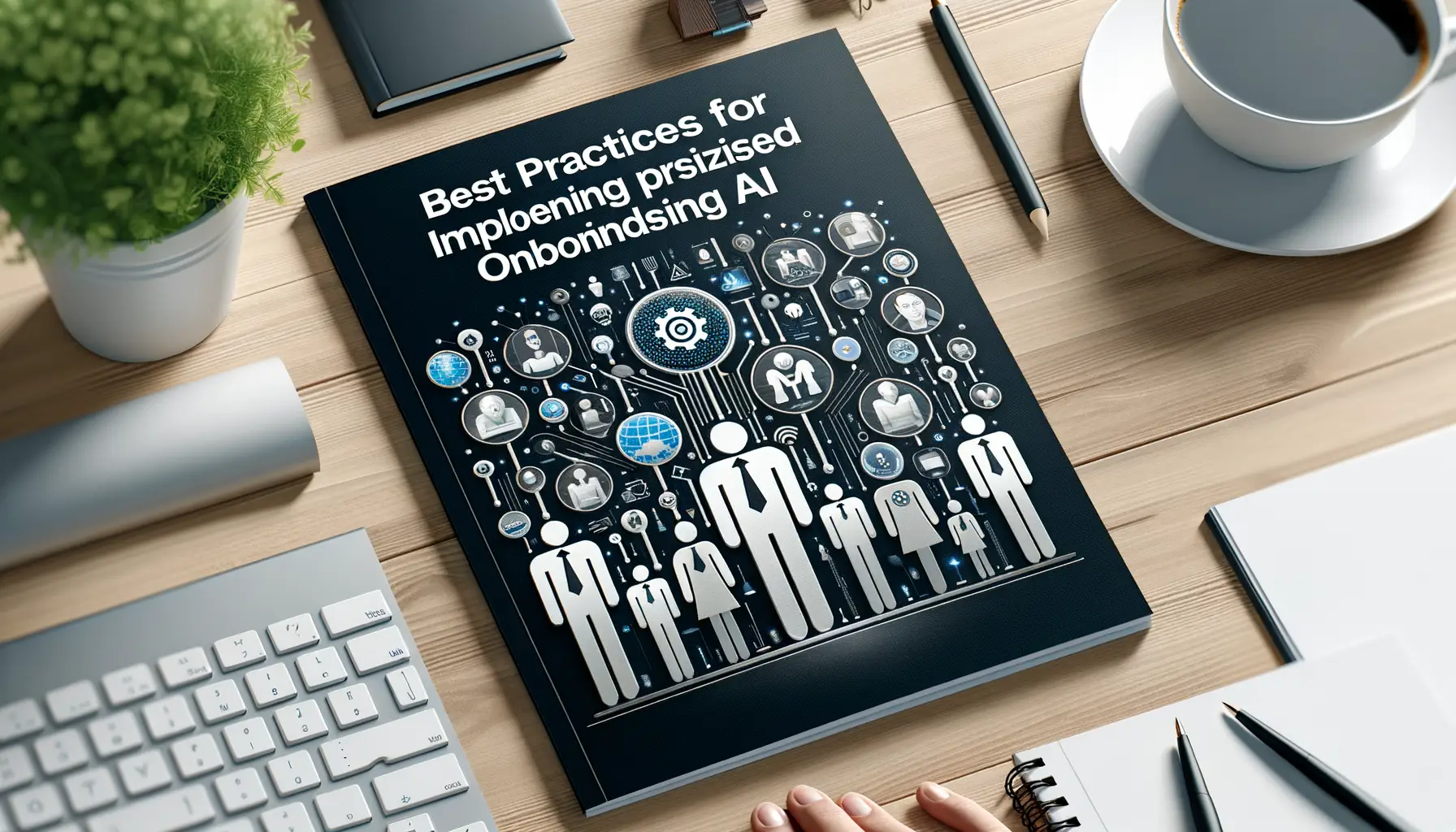What is Personalized User Onboarding and Why It Matters
Why Personalized Onboarding Feels Like a Warm Welcome
Imagine downloading a new app, only to be bombarded with generic instructions that feel like they were written for someone else. Frustrating, right? That’s where personalized user onboarding steps in—it’s the digital equivalent of a friendly concierge who not only knows your name but also remembers your coffee order. It’s about crafting an experience tailored to each user, making them feel like they matter from day one.
With personalized onboarding, apps adapt to users’ behavior, preferences, and goals. For instance:
- A fitness app might ask about your workout habits and recommend routines aligned with your fitness level.
- An e-learning app could learn what skills excite you and suggest courses tailored to your goals.
Is it just about being polite? Hardly. This approach builds trust, reduces drop-offs, and creates that magical “this was made just for me” vibe. People crave connection—even in the digital world—and this kind of onboarding delivers it effortlessly.
The Emotional Core of Customizing Onboarding
Here’s the thing: apps aren’t just tools; they’re companions. A well-designed personalized onboarding experience doesn’t throw users into the deep end of complex functionalities. Instead, it gently guides them, solving problems before they know they exist. It’s as if the app whispers, “Don’t worry, I’ve got you.”
Users don’t stick around because they *understand* your app—they stay because they *feel understood*.
The Role of AI in Enhancing Mobile App Onboarding

How AI Transforms Onboarding into a Tailored Welcome Party
Picture this: you’ve just downloaded a new mobile app. You’re curious, excited, and maybe even a little skeptical. This is where AI steps in like the ultimate concierge, ready to roll out a red carpet tailored just for you. It doesn’t bombard you with generic instructions. Instead, it learns about *you*—your preferences, habits, and even that midnight scrolling routine you probably wouldn’t admit to.
With AI, onboarding becomes less of a cold transaction and more of a warm handshake. By analyzing user behavior in real time, AI can guide each individual down a personalized path. Let’s say you’re setting up a fitness tracker. If you’re a new runner, it might suggest beginner-friendly goals. But if you’re already clocking 10Ks, it knows to skip the basics and dive into advanced training tips.
- Context-aware assistance: AI adapts based on whether you’re exploring the app at home or on-the-go.
- Dynamic content delivery: No two users see the same intro screens—your journey feels uniquely yours.
Say goodbye to cookie-cutter tutorials. With AI, onboarding feels like meeting an old friend who somehow knows all the coolest spots in town.
Key Benefits of AI-Driven Insights for User Engagement

Unlocking Deeper Connections with AI Insights
Imagine your mobile app as a bustling café. Every user stepping in has unique tastes—one opts for a latte, another for herbal tea. How do you serve each perfectly without asking every time? That’s where AI-driven insights step in, creating a tailored experience for every “customer.” By analyzing user behavior in real time, AI pinpoints what resonates most. Did they skip the tutorial but linger on the dashboard? AI knows and adjusts accordingly.
With these insights, apps can:
- Identify preferences instantly: Deliver personalized onboarding flows, showing features users will actually care about.
- Reduce frustration: No one wants to wade through irrelevant pop-ups. AI ensures users get content that clicks with them at first sight.
- Boost retention: People stay loyal to apps that feel like they “get them” on a personal level.
Dynamic Responses that Feel Human
Here’s the twist: AI doesn’t just gather data—it listens like an attentive friend. Say your user stumbles during account setup. A smart app equipped with AI insights might tweak its language, simplify instructions, or even offer real-time guidance. This isn’t cold, robotic efficiency. It’s thoughtful, impactful, and feels almost… human. What’s not to love?
Best Practices for Implementing Personalized Onboarding Using AI

Set the Stage with Data-Driven User Journeys
Imagine walking into a store where everything is arranged just for you. That’s what your onboarding should feel like: intuitive, relevant, and seamless. Start by leveraging your app’s treasure trove of data. Your AI isn’t just smart—it’s Sherlock Holmes-level observant. By analyzing user behavior, preferences, and patterns, it can shape journeys that feel eerily tailored to each individual.
For instance: Is a user hesitant? Offer tooltips or tutorials. Does another breeze through? Skip the hand-holding and dive straight into advanced features. Let AI segment users dynamically and adapt in real-time—your app transforms into a chameleon, always meeting users where they are.
Layer Personalization, Don’t Overload It
Balance is key; nobody loves feeling suffocated by over-personalization. Here are some best practices to stay on the right side of helpful:
- Keep onboarding interactive: Gamify steps for engagement instead of bombarding with dry instruction.
- Adapt and evolve: Continuous learning from AI means onboarding can grow smarter with time—just like a great friend getting to know you better.
- A/B test everything: From button prompts to progress bars, let the facts guide creative decisions.
Think of AI-driven personalization as a dance: finesse, rhythm, and always letting the user lead.
Future Trends in AI-Powered Mobile App Onboarding

The Evolution of Smart Onboarding Experiences
Picture this: you open a new app, and instead of the usual dull tutorial, it feels like the app already *knows* you—your preferences, your habits, even what excites you most. That’s the future we’re sprinting toward with AI-powered onboarding!
Soon, apps will leverage cutting-edge tech like real-time sentiment analysis. Imagine an onboarding flow that shifts tone if you seem frustrated, offering encouragement or simplifying steps. This isn’t sci-fi—it’s what happens when apps actually “read the room.”
We’re also seeing the rise of AI-driven conversational interfaces. Forget static walkthroughs; chatbots could guide users with a friendly nudge like, “Hey, it looks like you’re exploring features X and Y—want to dive deeper into Z?” It’s like having a concierge rather than a clueless tour guide.
- Adaptive learning paths: Future apps will dynamically adjust onboarding based on what users explore first or skip altogether.
- Hyper-personalized incentives: Think discounts or tutorials tailored directly to individual behaviors.
With AI, onboarding isn’t just improving—it’s becoming an art form, one that promises every user a warm, almost-magical welcome.
